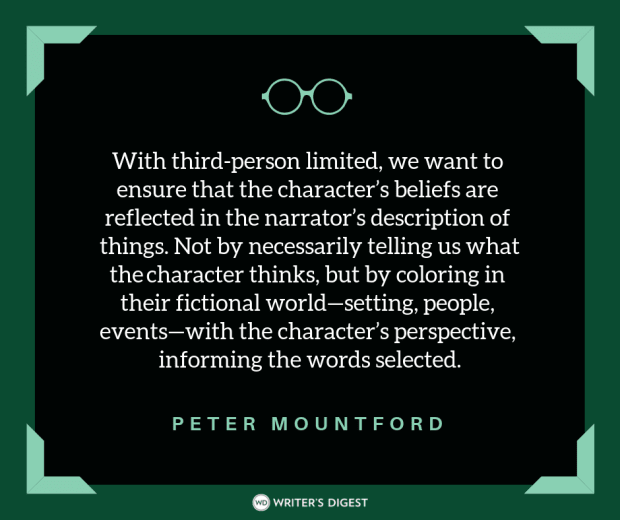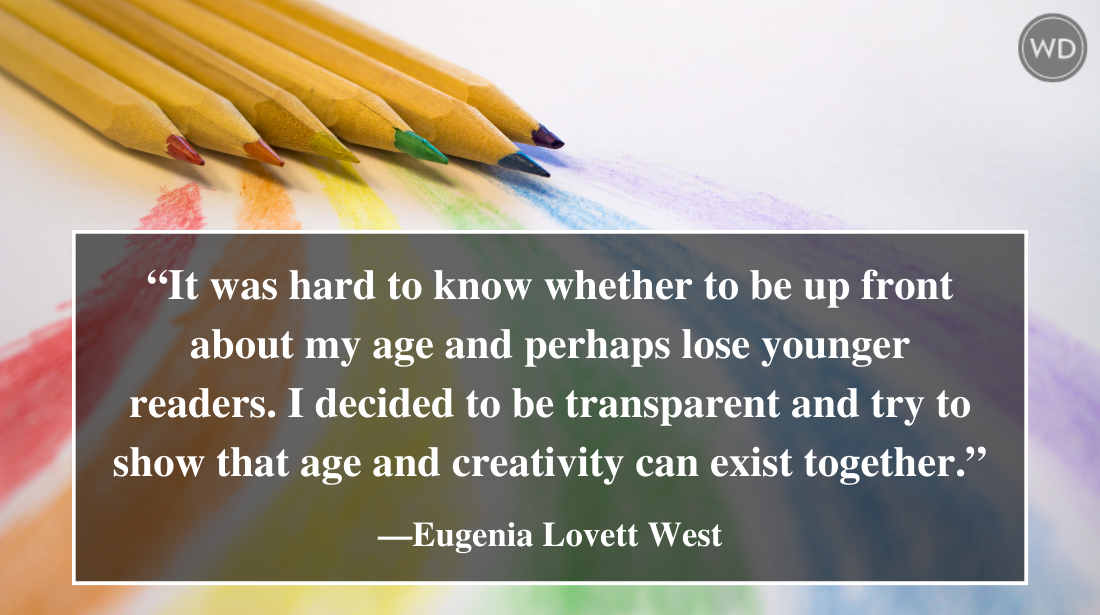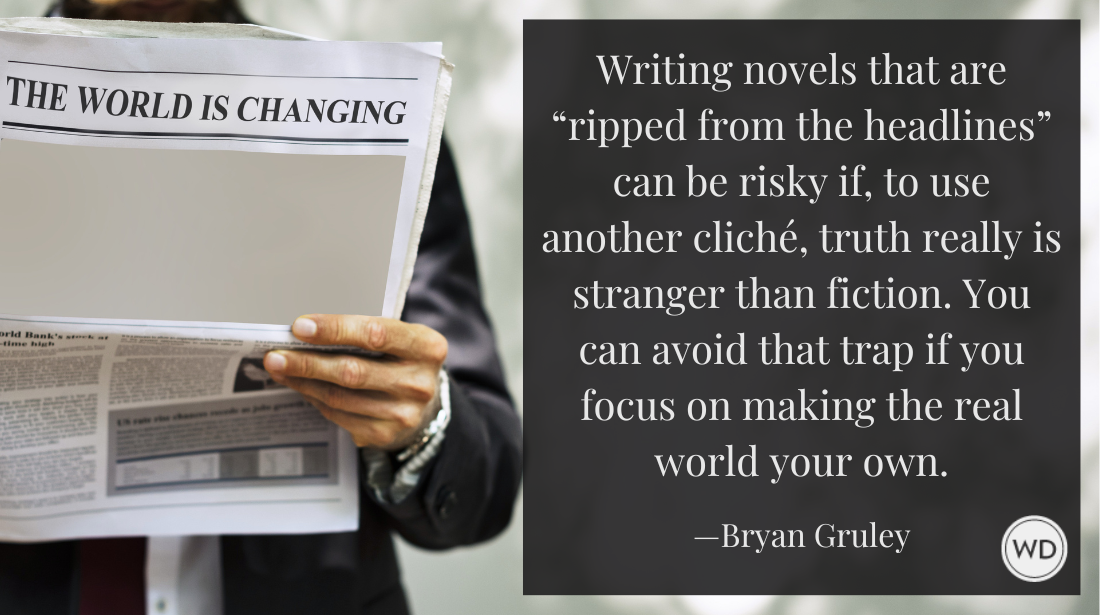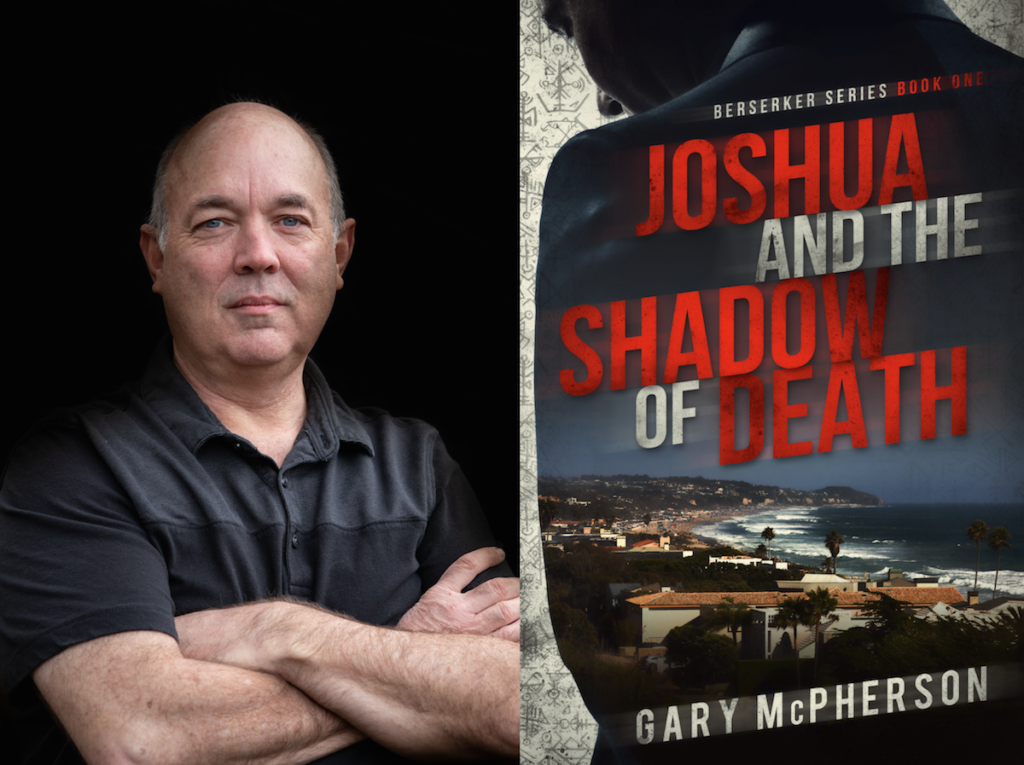4 Ways to Improve Narrative Drive in Your Story
Today’s guest post comes to you from historical novelist Sara Sheridan, who appeared twice this week at the Edinburgh International Book Festival and is about to join the Society of…
Today's guest post comes to you from historical novelist Sara Sheridan, who appeared twice this week at the Edinburgh International Book Festival and is about to join the Society of Authors Committee for Scotland.
Here she posts from Edinburgh, summarizing her masterclass on Narrative Drive, part of the innovative Nuts and Bolts series for aspiring writers at the Festival.
--
Put simply, the most important thing about your manuscript, in terms of it getting published, is that a reader has to want to read it.
That sounds obvious, but walk into any editor’s office in any publishing house and look at the slush pile. The competition is absolutely massive.
Now ask any editor how much of that slush pile is compelling, and the competition shrinks. It doesn’t shrink to nothing, but it shrinks greatly. In an increasingly competitive market—one where editors don’t get to buy whichever manuscripts they choose any more—finding your story unputdownable makes it a commercial proposition. It’s the key part of communicating your story to the wider audience of mainstream, mass-market readers. An editor can fix spelling or grammar easily (they shouldn’t have to, and they will prefer a clean manuscript, of course). But what they can’t fix is a manuscript without drive.
Why would they put that effort in anyway? They don’t want to read on.
So how do you create that drive?
Any story can be told one of a hundred ways. In fact, many classic stories have been told in different media, different genres, different voices. A fable that turns into a film. A children’s story into a stage play. That is because a big part of a story’s drive comes from the story design, and that works across media. These days our story culture is increasingly visual—more people watch stories on TV, in the cinema, or online, rather than read books.
As a writer, you need to understand that is part of how people process stories, and make it part of how you plan what you’re going to write from the beginning.
1. Think of your story as a storyboard, like a comic or graphic novel.
Run through it action by action. Anything in your text that isn’t part of the storyboard simply isn’t pacey enough.
If you have pages and pages of description, you’re asking a lot of your reader. They won’t stick with you. But give them something to see happening, and they’ll stay up all night with your book.
The storyboard technique is a great way to check that your story is balanced. It stops you from getting carried away by nice writing style or an interesting character. It forces you to focus on the bricks and mortar of your story, with the voice stripped away. No adjectives are allowed in this process. You may have to be brutal, but it will become clear what does and doesn’t push the narrative forward.
2. Consider the tone of the narrative voice of your story.
What vocabulary have you used? Ornate language can distract a reader or evoke a particular place or time, so it’s a tightrope of which you have to be aware. Also, what is the balance between prose and dialogue?
To assess this, read chapter endings in isolation to check that the narrative voice is compelling. That might sound odd. After all, no one is going to only read the endings of your chapters. But this is a great way to get a sense of the narrative voice of the whole book.
First, it lets you see your writing out of context. Distracted by the story you might not notice repetition of a word, a distracting complexity of language or an imbalance between prose and dialogue. Taken in isolation (only a paragraph or two), you can focus on the writing.
Second, at the end of chapters, you are seeing your writing at its compelling best. Writers naturally make their chapter endings pacey—if you’re not urging the reader to read on at that point, you’re not doing your job!
3. The easiest way to improve narrative drive is to simplify your verbs as much as possible.
In English we have a huge amount of tense formations and a high proportion of irregular verbs. It’s astoundingly easy to use three or four words where one will do. Keep it simple—make every word count. Stick to the simple present, past, and future where possible. If you can write in the present tense your prose will have especial immediacy.
3a. Be very careful of deluging your reader with adjectives.
It is far more evocative to use the action to create a description and a reader, in any case, can only process so much description at once. Choose your adjectives carefully and use them sparingly.
4. Editing.
Unlike writing itself, publication is a team activity. You have to edit. I have learned more from working with editors than from reading or going to any kind of course. There is a sense in which the act of writing the book often makes you less able to comprehensively edit it. Novice writers are often ambivalent about editors, and think their book is perfect. No one’s book is perfect.
By the time you submit your book to a publisher you will have (or should have) read it hundreds if not thousands of times. Someone who is experienced and has a fresh eye is invaluable.
This is very different from your Mum or your sister or your friend or your reading group telling you what they think. That’s interesting information from a reader.
But a professional editor is a technician—they understand the engine that drives a manuscript of 100,000 words. A reader doesn’t understand it—they experience it, but that’s quite a different thing. I’d say that it’s absolutely worth getting an appraisal from a professional editor. However painful it’s going to be, ask for any criticism, and ask about suggested changes to narrative drive specifically. Your book won’t sell without it!
--
My thanks to Sara for taking time to summarize her masterclass on narrative drive.
Jane Friedman is a full-time entrepreneur (since 2014) and has 20 years of experience in the publishing industry. She is the co-founder of The Hot Sheet, the essential publishing industry newsletter for authors, and is the former publisher of Writer’s Digest. In addition to being a columnist with Publishers Weekly and a professor with The Great Courses, Jane maintains an award-winning blog for writers at JaneFriedman.com. Jane’s newest book is The Business of Being a Writer (University of Chicago Press, 2018).








